If you have ever worked for a non-profit senior residential community, you know the importance that the residents play as a prospective donor constituent audience. It is they, and their families, who are the “warmest” potential prospective donors for the organization’s philanthropic component.
Many have had such a positive experience, either through caring staff or community amenities, that they are grateful for the care. Family members often have a peace of mind about their loved ones and want to either give back or give that same opportunity to others. Grateful residents are akin to alumni at higher-education institutions. Gratitude for compassionate, excellent care remains the most powerful motivator for residents to support the institutions they come to call home.
I highly recommend that such organizations consider establishing a “Grateful Resident Program”, much like a “Grateful Patient Program” in hospital or healthcare settings.

Here is how I recommend establishing such a program:
- While you would like to treat all residents equally, it is not realistic in small fundraising shops to do so. Efforts need to be focused on select, identified prospects from the outset.
- Determine the philanthropic needs of your organization. These needs may include such things as: unrestricted gifts to enhance programs, services, and activities; support clinical education programs, lounges, and theaters; beautify the campus; assist with the cost of resident services not covered by traditional payment methods (i.e., charitable care); and underwrite the cost of new equipment and technology.
- Develop a plan to administer and roll out the program, including benchmarks and goals, approval from leadership, and any program collateral materials. Collateral materials can be used in marketing packets, lobby areas, clinical representation, new employee orientation, on the web, and for mailings.
- There is a need to establish a “culture of philanthropy” in which everyone within the institution understands and supports the efforts of philanthropy, especially in establishing a Grateful Resident Program. Ongoing training, education, and relationship building with all individuals who work with the residents are core elements of a successful program. The better the staff provides care, the more “grateful” the residents will be. Staff needs to continuously ask themselves, “How can I better attend to the residents?” They also need to aid in the process of making an introduction to fundraising staff. It is this direct line staff with whom the resident will first share their gratitude and their interest in providing support. This “culture” is the underpinning of a successful program. Everything must be geared towards providing the best resident experience that there is and recognizing that philanthropy is core to supporting the mission of the community.
- Build this culture of philanthropy by presenting the program at all manager meetings, distributing materials throughout the community, using a video about the program in main areas of the community, and honoring the caregiver in front of their peers and managers.
- Develop tracking and coding systems in your database to track actions, relationships, gift coding, tributes, etc.
- The Case for Support and resulting direct mail appeals should focus on an “Honor Your Caregiver” model and be highly segmented and personalized. Give patients the opportunity to donate on behalf of the caregiver to pay tribute to them and show appreciation for their excellent care. Caregivers should acknowledge the donors and thank them for their gift. There can be a public ceremony amongst peers for recognition of a caregiver. Residents want to give back to those caregivers who provided them care. A Case for Support must offer these opportunities to honor those caregivers and the programs that matter the most to them.
- As with all fundraising, utilize wealth screen or other data confidentially to determine the best prospects on whom to focus your efforts. Identify those who are deeply aligned with the community and engage those with a high net worth, or a combination. Target residents who are highly satisfied. Seek recommendations from clinical, marketing, and other staff.
- Develop a system of screening new residents daily, weekly, or monthly, as needed. Screen files for specific donor information such as propensity to give, capacity, and relationship or satisfaction.
- Consider developing a “Concierge” or “VIP” program as “Grateful Patient” programs do. A Concierge Program may not be a good fit for all organizations. But, it will allow you to enhance and influence a resident’s willingness to give. A Concierge Program could consist of periodic visits by development staff or the President, or various amenities (e.g., flowers, preferred parking, newspapers, special events, etc.).
- Development staff should visit new residents and prospective major donor residents in residence (identified by wealth screen). While visiting with the resident, introduce yourself and inquire about their satisfaction in the community.
- Develop a system of mailings to all new residents explaining the program. Mailings can be segmented by Annual Gift, or even Service Line or Department.
- Ensure that the community leadership supports and promotes everyone’s participation in the program.
- Develop ways to continue the relationship with the family after the resident is gone (i.e., follow-up phone call).
As you can see, residents are one of the best prospects for your retirement community’s philanthropic efforts. To effectively reach them, a systematic plan, a Case for Support, and a culture of philanthropy needs to exist. Follow these above steps in your fundraising office, and you will be well on your way to ensuring the health of your development program from the people who value it the very most.

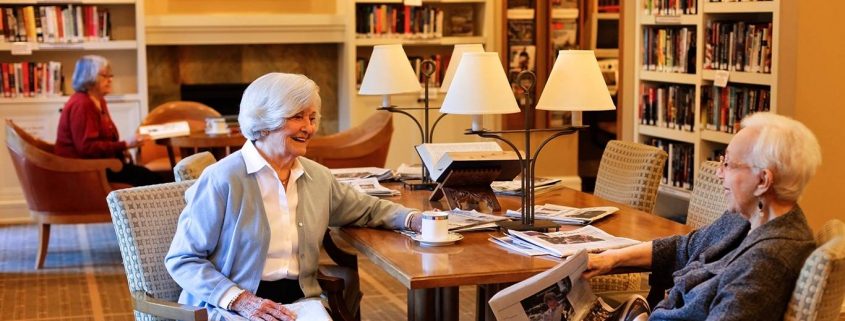
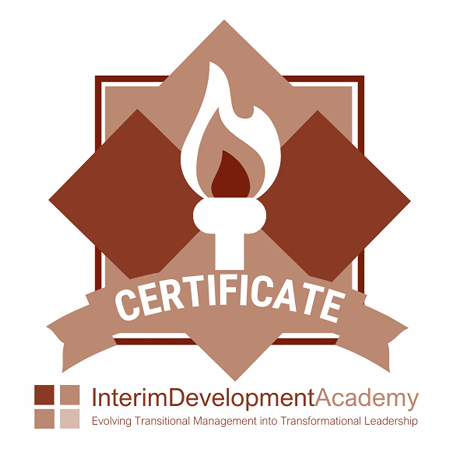

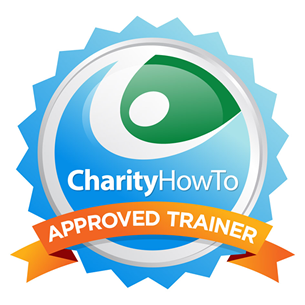
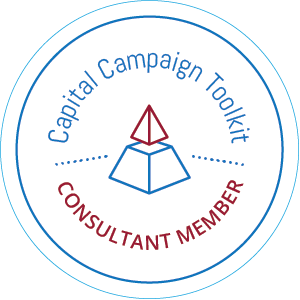
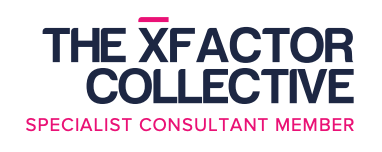
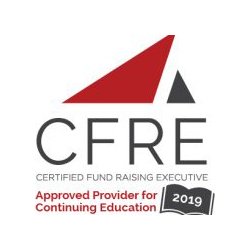


Leave a Reply
Want to join the discussion?Feel free to contribute!